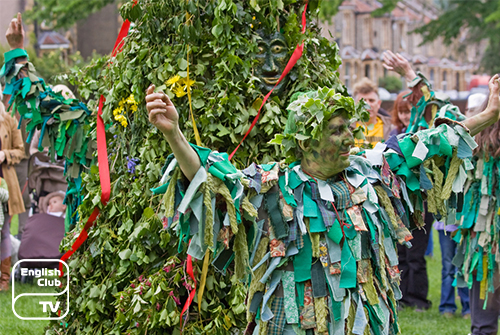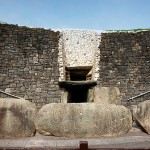Folklore refers to stories and legends unique to a particular geographical location, mainly countries, towns or tribes. They are traditionally passed down orally, from one generation to another, with the elderly relating them to their curious youngsters.
Most folklore includes mythical creatures, heroes, elves and horrifying villains, and are mostly fantastical. While most of the details may have been fabricated and added to by each generation, there is some truth to the origins of these tales. The facts revealed in folklore support cultural anthropological studies, because they have been enriched by the events of the passing years, more so with England’s rich history filled with battles, revolutions, political influences and religious changes.
Given below is a list of significant tales form English folklore, which has woven themselves into England’s culture, appearing in literature, songs and even on the silver screen.
- Robin Hood
Known as the hero that ‘stole from the rich and gave to the poor’, Robin hood is a nobleman who gave up his position and became an outlaw, to protect ordinary people from those in power who abused their authority, namely the ‘Sherriff of Nottingham.’ He lived in ‘Sherwood’ with his gang of ‘Merry Men’ and robbed wealthy aristocrats to support the poor village folk. He was a fine archer and swordsman, according to legend.
The first reference to the character was made in the ballad “Robin Hood and the Monk”, written in the 15th century. Several allusions previously raised during the 13th century were with different forms of the name ‘Robin Rood’ appearing in various texts. The historic outlaw ‘Roger Godberd’ is said to show similarities with the legendry hero.
There have been many film adaptations of the legend over the years, notably the BBC released TV series of 2006.
- Tom Thumb
‘Tom Thumb’ is the first recorded English fairy tale and his story was mentioned in the publication “The History of Tom Thumbe” in 1621. Evidence was found in older texts of the existence of this character, before the official publication. Tom Thumb is the size of his father’s thumb. He embarks on many adventures, some of which include being swallowed by a cow, becoming a fellow of King Arthur’s court and encountering giants.
In ‘Discovery of Witchcraft’ by ‘Reginald Scot’ in 1584, he lists Tom among the mystical creatures, such as witches, who are used by maids to scare children. Some believe that Tom Thumb’s home and grave are located at the village ‘Tattershall’ in ‘Lincolnshire,’ UK.
- Mother Nature
Mother Nature is a dominant figure in English folklore and appears in many cultural works. She is believed to be the personification of Nature. The Greeks assumed that she was a Goddess, but medieval Christian thinkers saw her as a being at the ‘middle,’ with ‘Angels’ above her and ‘demons’ and ‘Hell’ beneath her. She is believed to personify the nurturing and life-giving aspects of nature as a ‘mother.’
Other English folklore figures include ‘The Black Dog’, ‘Boggart’, ‘Will-o’-the-wisp’, and ‘Dragons’, etc.









